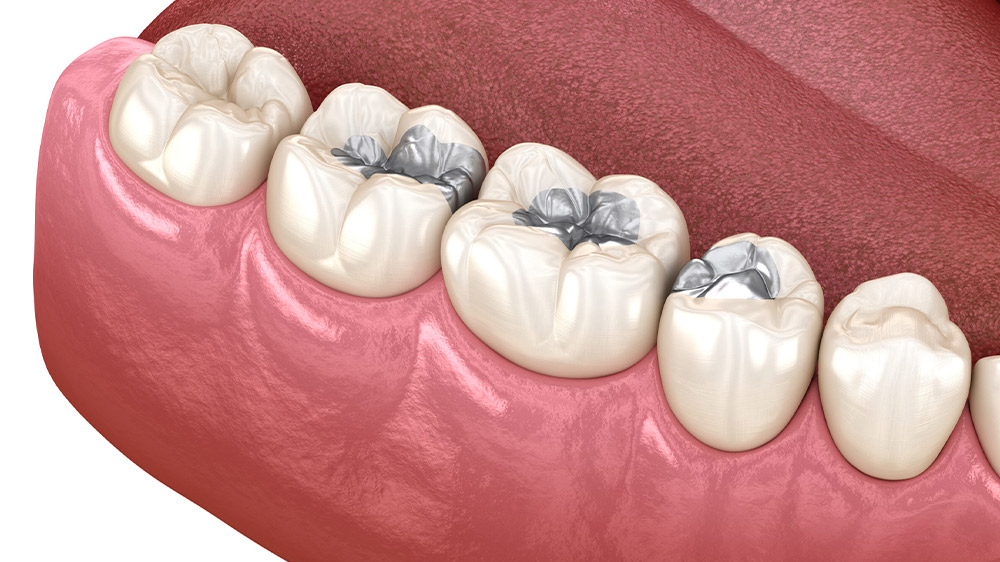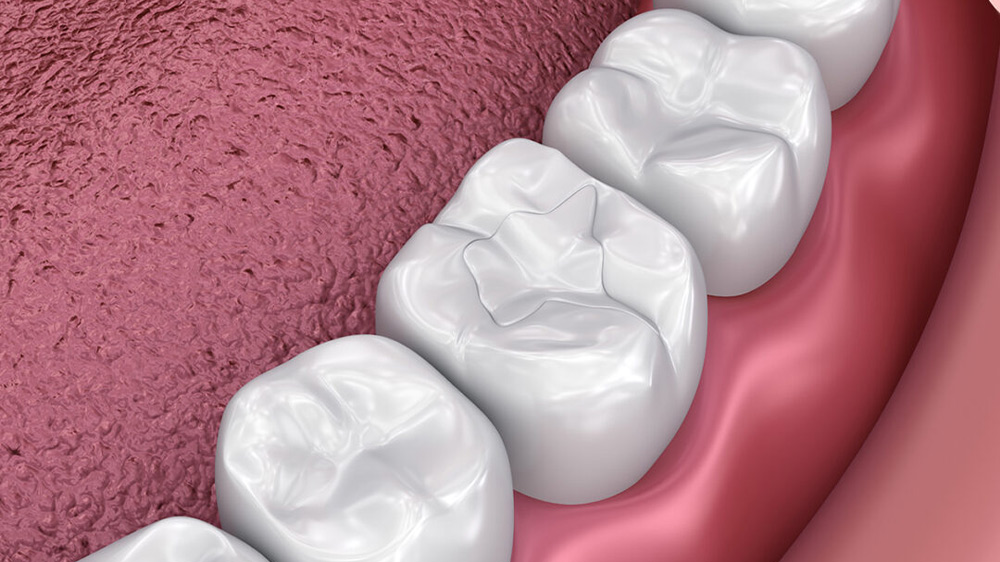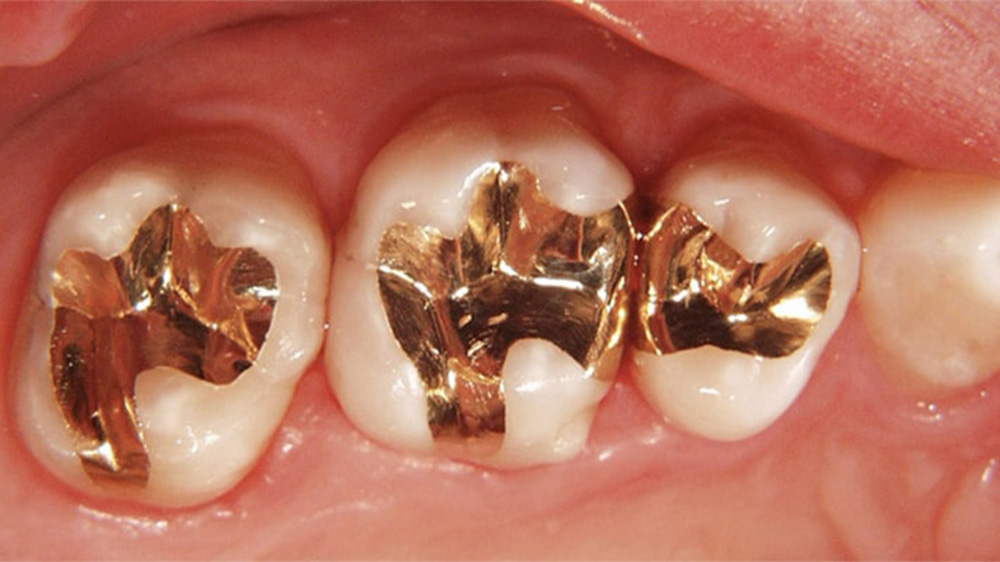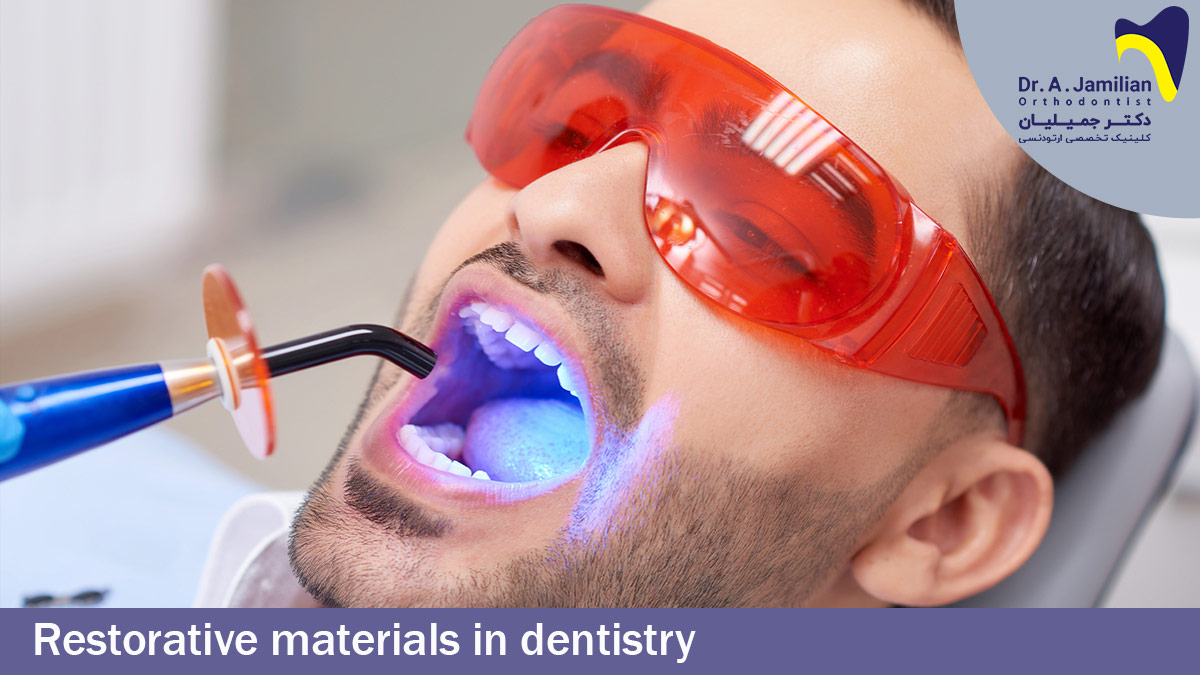When patients suffer from unhealthy, damaged, opaque, worn and crooked teeth, restorative materials become important in dentistry. Not just for that, but restorative materials have become important in dentistry in general. Moreover, restorative materials remove damages caused by decay. They additionally provide the patient’s teeth with a beautiful and attractive appearance and prevent further damages. It is important to emphasize that they would be possible only with the help of high-quality and ideal restorative materials.
What Are Dental Restorative Materials?
The restorative materials refer to a set of special materials which restore the damaged or removed teeth through different techniques. Today, there are several techniques for restoring the damaged tooth structure, each of which take advantage of completely different restorative materials. Thus, all medical tools and measures are used in order to keep and maintain the health and beauty of teeth against damages and decay. Likewise, the restorable problems caused by decay, fracture, weakening and removal of teeth can be dealt with through the restorative materials. This is due as proper restoring and high-quality materials would solve all of the mentioned problems.
Types of Dental Restorative Materials and their Advantages and Disadvantages
One of the most common and most popular measures in dentistry is restoring and filling teeth with the restorative materials. Filling teeth is carried out with different materials, the following are just some of the most popular options:
1- Amalgam Restorative Materials
Amalgam restorative materials are a mixture of mercury (50%), copper, zinc, tin and silver. This mixture cannot be glued and must be used in the conventional way. Amalgam often is used for restoring the posterior teeth and has a lifespan of 10 years and in some cases more. Furthermore, the consumption costs for this restorative material are very low.
In the restoring process, amalgam in contrast to composite is less sensitive to moisture. The treatment course length for amalgam is only a single session. Compared to other restorative materials, it is less expensive. Amalgam has high resistance and strength when chewing. However, in spite of these advantages, it has disadvantages too. This restorative material does not match the color of the patient’s teeth. Restoring with amalgam changes the color of teeth over time and causes our teeth to experience corrosion. This conventional restoring treatment cannot attach the patient’s tooth. The dental cavity needs to provide the required lathing as much as possible, otherwise, the dentist has no choice but to take another layer of the teeth in order to generate the necessary cavity. There are some people who are extremely sensitive to mercury.

Teeth filled with amalgam
2- Resin Composite Restorative Materials
Resin composite restorative materials are made of delicate particles of glass and plastic, which are used both directly and indirectly. Dentists perform the direct restoring through the light blue light, which is responsible for tightening the soft material. However, dentists in the indirect restoration shave a part of the tooth and then mold it. This part of the tooth is fabricated in the lab using molding and it will be installed on the tooth by the dentist after being completed. Resin composites commonly are used for restoration of big and small restorations. These include, for the anterior teeth, “inlays and onlays”. This restorative material has a lifespan of 5 years.
Advantages of Resin Composite
Resin composite can be mixed with other materials such as glass ionomer cements and patients can enjoy the advantages of both of them. Inlays and indirect composites will be stiff and tight through warming. As a result, in response the strength and resistance of the tooth will be increased.
Restoration with the resin composite in contrast to amalgam needs less shaving and dentists would remove the latched cavity option in this process. It is because the bonding process provides a condition in which the resin composite as the restorative material would remain fixed in the mouth. Restoration with the help of direct composite would stick into the patient’s tooth and would start to reinforce the neighboring teeth. This restoration technique needs only a single treatment session. The color of resin composite matches the color of natural teeth of the patient.

A tooth filled with composite
Disadvantages of Resin Composite
The cost of restoration with resin composite is high. The high strength and restoration of resin composite against the teeth wear is drastically high. However, the posterior teeth are not strong as much as amalgam when chewing. Sometimes, the composite material gets constricted during the restoration process and it will develop a gap between the restoring material and the tooth. Thus, some holes would be developed where the resin composite would attach the tooth. So, such constriction will be minimized only in a condition when the restoration is done with very thin layers.
Restoration with the resin composite needs more time and they are mostly layered on top of each other. Hence, the increased work and time will be followed by further costs for patients. In cases when the filling is carried out indirectly, we need treatment sessions; as the dentist molds the tooth in the first session and then would stick it in the second session.
3- Ceramic Restorative Materials
Ceramic fillers often are constructed out of porcelain, in contrast to their composite counterparts they get stained less over time. The ceramic fillers are tough and would work at least for 15 years. Therefore, although their price is higher, they are considered as a good investment. The ceramic fillers are safe and non-toxic. The ceramic restorative material matches the color of the patient’s natural tooth.
4- Gold Restorative Materials
Gold restorative materials usually are the most durable fillers which work for 20 years or more, meanwhile they are the most expensive dental fillers, as well. The gold restorative material would be irritating to some people, because it conducts heat and cold. The gold restorative material does not match the natural color of the tooth. The gold allay is very malleable, hence it can fill the dental cavity exactly without leaving any gap and space.

Teeth filled with gold
Comparison of restorative materials
There are many restorative materials, and various factors and properties must be considered to choose the best material among them. In the table below, three different types of restorative materials are compared in terms of cost, lifespan and color. Due to the existence of various factors, choosing the right restorative material, which is a specialized task, should be done by a restorative specialist who considers the set of factors. However, the general knowledge of the properties of these materials in the table below can be useful for you.
| Restorative Material | Cost | Longevity | Color |
| Amalgam | Low | 10 years | Silver |
| Composite | High | >7 years | Tooth color |
| Ceramic | High | 15 years | Tooth color |
| Gold | Very high | >20 years | Yellow |
Restorative Materials In Dentistry FAQ
1- For filling or restoring a tooth, is composite or amalgam?
Choosing the type of the restorative material depends on different factors such as the degree of decay, type of tooth, arrangement of tooth and the cost you can afford.
2- Is it more expensive to fill teeth with composite or amalgam?
Usually, in tooth restoration, an important factor for determining the cost of treatment is the amount of material used for your treatment. Under the same conditions in terms of decay degree, the cost of composite is higher than amalgam.
3- Do the restored teeth need any follow-up care?
Even if you have restored your teeth with proper restorative materials and techniques, it is possible for the filled tooth to get cavities because of chewing foods and habits like bruxism over time. Each restorative material has a useful life; hence the restored life must be checked routinely through the periodic examination in order to be able to take pre-emptive measures.
4- Is ceramic a good option for filling teeth?
Yes. Due to their more-than-7-years lifespan as well as their high strength against decay and color change, ceramic materials are the best option for restoring the removed tooth. As mentioed previsouly, they get restored using inlay,onlay or crowning.
5- Is gold used to restore teeth today?
Yes. The gold restorative material enjoys a very high strength and resistance, as it never would suffer from corrosion. Therefore, people with special tastes would use this beautiful and at the same time strong alloy to restore their damaged teeth.






